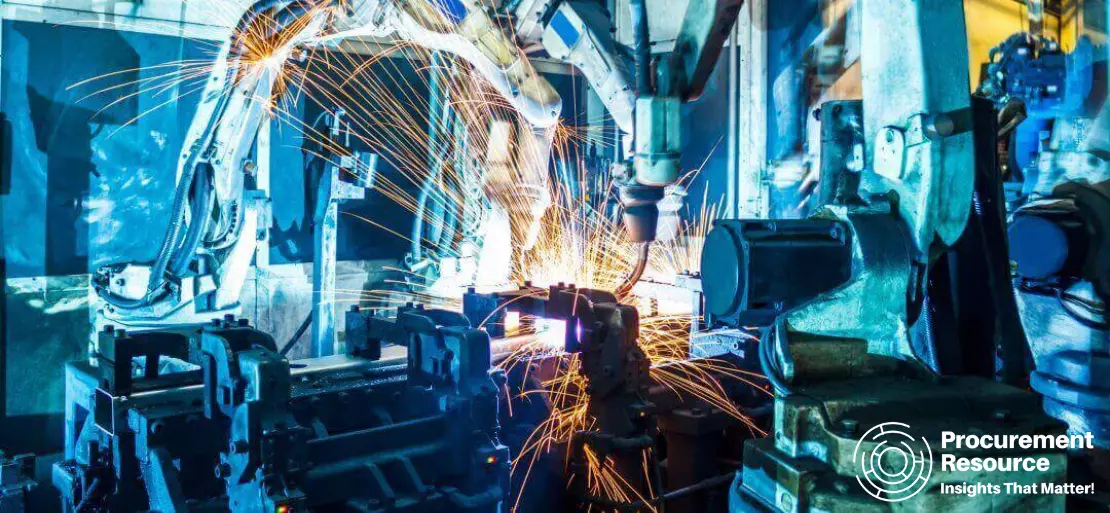Post-COVID Recovery of the United States Manufacturing Sector

The unique nature of the COVID-19 crisis presented a new set of challenges to various sectors of the economy, including the manufacturing sector. The US manufacturing sector, which forms a total of 11% of the United States’ GDP, faced a downfall in its production lines caused by factors like absence of labour, lack of raw materials, operational challenges, and muted demand. However, with the lockdown getting lifted, paired with government regulations being made significantly easier, the manufacturing sector has caught up with a pace on the road to recovery. The sector is now looking forward to making a full recovery in the upcoming years.
Problems Caused by COVID-19 to the United States Manufacturing Sector
United States’ economy slipped into recession in the month of February and suffered its deepest contraction within the last 73 years. This largely affected the manufacturing sector due to two major factors: First, many manufacturing jobs, being on-site, cannot be accessed remotely, and, second, slowed economic activity resulting in reduced demand for industrial products in the United States.
The adoption of new methods to avoid the damage in the manufacturing sector was uneven due to the downfall in the demand caused by shifts in spending away from equipment used in offices, restaurants, cafes, and bars to the purchases of goods like home electronics.
The resulting weak demand, supply chain disruptions, historically low oil prices, and high levels of uncertainty is bound to affect business investments, which will further halt manufacturing chains. Due to the fall in the manufacturing sector, the GDP collapsed with its sharpest contraction in output in the last quarter.
Initial Recovery from the Pandemic
With government restrictions getting lifted and production regulations being comparatively easy, the manufacturing sector in the United States has a bundle of opportunities to thrive. The adoption of new methods in manufacturing reported by the commerce department was caused by the pent-up demand following the reopening of the businesses. Orders in the month of June were boosted by the demand for machinery, fabricated metals, primary metals, and electrical equipment. Orders for durable goods was driven by the robust demand for motor vehicles, which accelerated further after increasing in May.
Manufacturing orders for non-defence capital goods jumped 3.3% in the month of April, followed by a rise in the month of May. That was the biggest increase since July 2018 in the category of capital goods.
A significant improvement in the orders for core capital goods was observed with easing restrictions. However, orders still remained 3.2% below their pre-pandemic level. The increase in core capital and the durable goods’ order in the month of June mirrored recent improvements in the regional factory activity across the United States. The appliances and components also increased slightly than before, which was caused likely by the workers setting up home offices.
The United States’ manufacturing activity increased more than what was expected in the month of August as the new manufacturing orders surged to their highest level in sixteen and a half years, but the employment numbers at the factory outlets continued to lag amid safety restrictions intended towards slowing the spread of COVID-19.
The Future of the United States’ Manufacturing Sector
With the manufacturing outlets reopening and resuming their production, the recovery is expected to pace up in the third quarter of the year. However, the recovery is expected to be slow and disturbed due to a sudden increase in COVID-19 cases. This budding recovery, which is threatened by the resurging new cases of coronavirus, has forced some authorities in the hard-hit South and West regions of the United States to either close their businesses again or halt re-openings, which will further decrease the demand for goods, hence bringing more disruptions in the production lines.
Meanwhile, the full or partial closures of manufacturing plants could continue to be necessary, especially for the manufacturers of hard-hit regions for a prolonged period. For the companies which are vulnerable to the virus outbreak within their ranks, this could act as a valuable opportunity to explore a proactive deployment of automation technologies, such as autonomous materials movement, industrial internet, collaborative robotics, and more to decrease the worker density throughout their operations.
Until the pandemic is fully controlled, the United States’ manufacturing sector will remain exposed to weak demands, which will further impact investment and hiring decisions going forward.



